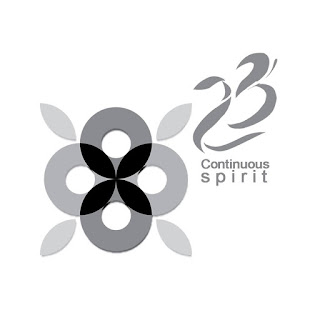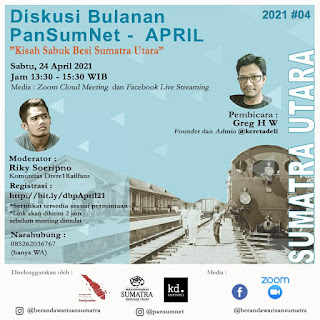LEADERSHIP ESTAFET

I moved to Medan, North Sumatra (from Bandung) in 1997, and a year later on 29 April, together with seven Medan'ers, we established Sumatra Heritage Trust or Badan Warisan Sumatra (BWS). Today the organization exists for 23 years with a new Indonesian name (Beranda Warisan Sumatra-BWS), a new logo, and a new website. The current Board's members who are younger than the Founders decided that the organization needs to reborn with a new spirit and a more actual appearance. I agreed and supported the idea. The vision and mission of the organization stay. I think this is a healthy dynamic of the regeneration process. The 23rd Anniversary is celebrated cheerfully in Medan itself, but especially online, during this Covid19 pandemic. BWS organizes a seminar about regulations of heritage, a workshop about archives, and a monthly period of virtual programs. Glad to see the enthusiasm and creativity of the younger generation of the BWS's leadership. I am thankful that the leadership...



